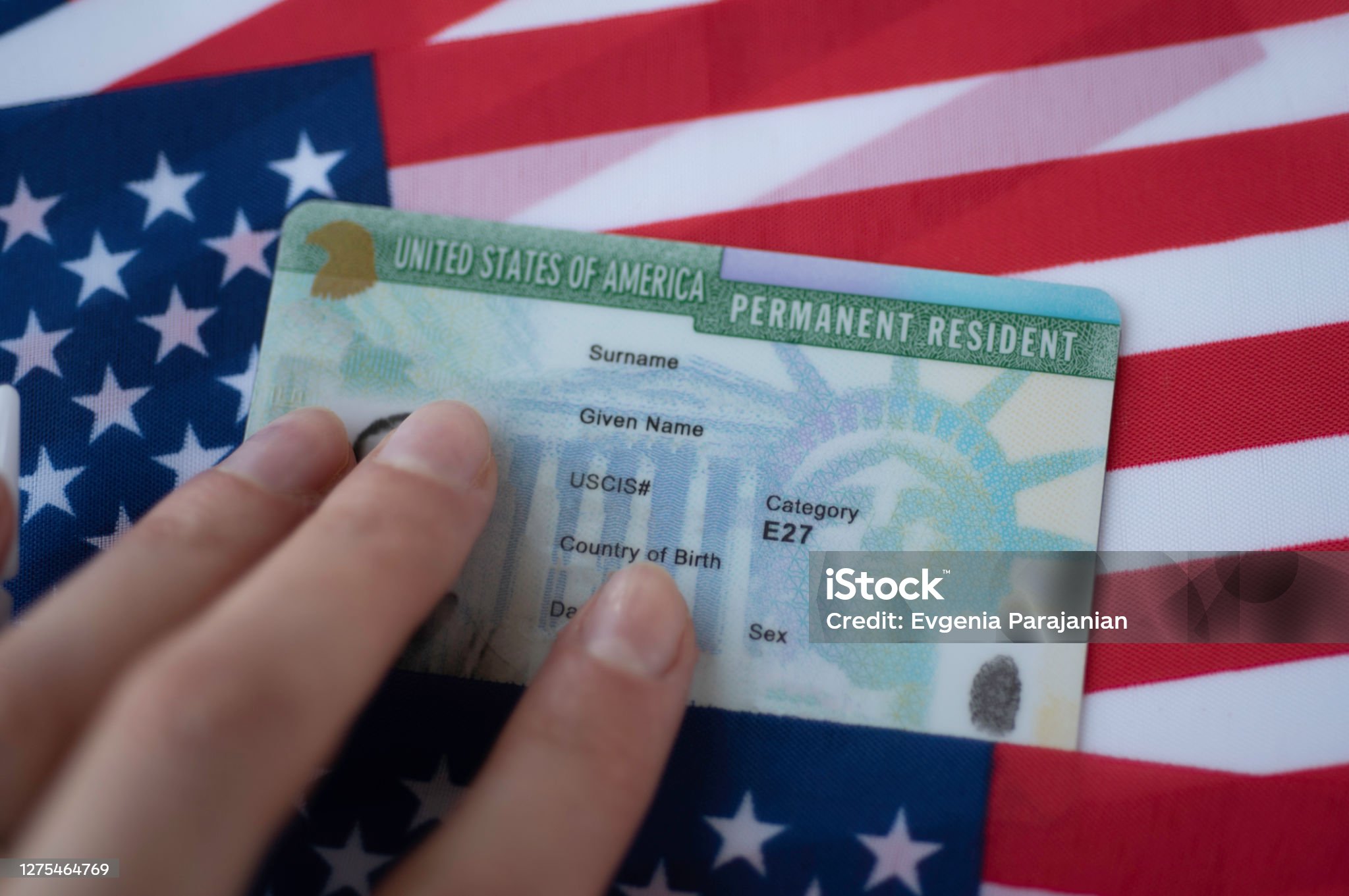In-Depth Review about Fraud Prevention Measures in Identification Documents alongside Future Trends for Secure Transactions
In-Depth Review about Fraud Prevention Measures in Identification Documents alongside Future Trends for Secure Transactions
Blog Article

1. Introduction to Personal Identification Documents
Identification documents play an essential role both for individuals and society. They act as "permissions" and "access passes," meaning society functions smoothly only when they are available and universally accepted. Various types of identification documents exist, with each fulfilling a unique role. For example, a copyright is considered valid proof of the right to operate a car, and a copyright proves citizenship and allows entry into the country. Such documents serve a vital personal function and are essential when handling contracts, such as for employment, services, insurance, or rentals. Many times, financial institutions might request to review these documents if the borrower appears unreliable or does not have a very strong credit history. Such identification acts both as an identification method and as legal clearance for various functions.
Identification documents have not always been an essential part of daily life, as they are today. The importance of these documents has grown alongside changes in security measures and legal requirements. Advances in information technology allow organizations to create highly secure systems that surpass the ID technologies accessible to the public. Many countries are moving toward biometric technology to standardize their identification systems. A few countries have implemented electronic exit strategies.
A person's identification documents are "proof" that signifies the legal status of an individual. Globally recognized identification forms, such as passports, copyright, copyright, and driver's licenses, are considered valid at both national and international levels. People often keep these important identification papers safely secured so that they can readily access them at a moment's notice.
In this discussion, we delve into the legitimacy and importance of documents such as the IDP, Real ID, copyright, copyright, copyright, and resident permits, aiming to enhance public awareness of their necessity. Both educators and the public ought to be aware of these key identification papers, as it could be useful in preventing the loss or aiding in the recovery of such essential items. The content here is directed at both domestic and international audiences, aiming to ensure they possess the vital documents necessary for their knowledge and ideals.
2. Legal Framework and Regulations Governing Identification Documents
The governance of identification documents depends on jurisdiction-specific laws and rules. These documents are provided to individuals through authorized issuing entities in accordance with rules designed to maintain their integrity. In some cases, identification documents may be required, but in other instances, they are used as optional verification or validation. The individual must comply with the regulations for the jurisdiction where the document is intended to be used. In summary, it is important for individuals to be aware of the specific legal guidelines relevant to them in any jurisdiction where they plan to engage in transactions or utilize these documents. Primarily, state and local governmental agencies oversee the issuance, regulation, and restrictions tied to these documents for specific transactional use.
The varying requirements of each jurisdiction and reasons for identification documents, may clash with the necessity for international travel and business operations. Thus, it is a widespread issue when travelers feel disconnected and confused when traveling internationally and encountering different identification document regulations. While it is impractical to list the identification rules for every country here, it is crucial to recognize that with almost 200 nations and billions of people interacting, understanding the rules is important for global travel and commerce. By not following the rules, individuals could violate another country's laws, and that is where the rules of reciprocity and international legality come into play. Noncompliance may result in civil or criminal consequences, breaching identity, privacy, trade, commerce, or human rights laws.
Public policies and protected rights can sometimes clash when creating security regulations for travel IDs. In some cases, human rights might clash with security policies requiring the highest levels of identification documentation in the fight against terrorism. In recent years, the introduction of digital mobile driver’s licenses has pushed countries to clarify or draft laws governing their usage, as technology in this area continues to advance. The next frontier for global travel is believed to be the use of digital identification for global travel. Despite the shift towards mobile driver’s licenses, there will still be a requirement for passports for a significant period of time. 
Both the standardization and evolution of digital IDs and mobile driver licenses are progressing as well. Take California as an example: two years after passing its mobile copyright law, stakeholders are now ready to agree on formal rules for the first state-endorsed mobile license.
3. Comparative Analysis of International Driver’s License, Real ID, copyright, copyright, copyright, and Resident Permit
The International Driver’s License acts as an identification document for those driving abroad Neither the United Nations nor the International Non-Governmental Organization designed the International Driver’s License for the purpose of traveling between states.
The Real ID is intended to be a widely accepted identification for domestic travel, along with state-issued driver’s licenses and IDs that meet federal standards. In addition to domestic travel, the Real ID grants access to federal facilities and nuclear power plants. It is important to note that the Real ID is not a substitute for travel documents like passports, visas, or resident permits. Though some people may use it abroad as an identification and date of birth document, the Real ID is primarily intended for domestic use.
More specifically, passports are in the United States a form of original rather than derived identification. A copyright is largely an instrument of foreign policy; it was created to safeguard citizens from arrest and assist them in traveling for diplomatic or non-obligatory negotiations. This is the official, often administrative, use. The copyright also has, naturally, additional bureaucratic and personal uses. To travel internationally, or even regionally in some cases, travelers must not only possess a copyright but also adhere to various other regulations.
The copyright is a record issued at the time of birth and is used as a means to obtain a copyright and other forms of identification. In comparison, copyright and passports might appear to serve similar purposes. That said, a copyright carries additional long-term benefits. Additionally, while a copyright is necessary to get a copyright, it never directly leads to acquiring a “second copyright”. It is irrelevant to the second copyright unless the traveler intends to pursue an unlawful second nationality.
4. Anti-Fraud Mechanisms and Security Features in Identification Documents
Various security features are implemented to prevent forgery, tampering, and fraudulent activities. Many identification documents utilize features such as holograms, multi-layered images, and laser engravings for enhanced security. Some ID cards resident permits also incorporate RFID chips, which store digital images and biometric information to boost security.
A number of these security components remain covert or semi-covert, including elements like special inks, watermarks, or microscopic text. Such security features are designed to make identification documents highly resistant to counterfeiting. 
Typically, the security level of an identification document is proportional to the level of trust it is expected to carry. copyright security features, for example, need not be as robust as those on a copyright, since the copyright is used for travel and the copyright is used mainly domestically.
Technological progress has resulted in more sophisticated security features for identification documents. Actively promoting and adopting new security technologies is crucial to staying ahead of those attempting to copyright or commit fraud with ID documents.
Moreover, it is also important to regularly review both current and future security elements and issuance procedures. This ensures that they keep pace with the ever-changing threats and advances that could compromise the security of the document.
A robust anti-fraud security system must focus on both proactive and reactive approaches to prevent fraud. Proactive measures can include workshops, public service announcements, educational outreach, and security conferences.
5. Final Thoughts and Emerging Trends in Identification Document Technology
This article explores the wide range of identification documents used globally. It is important to see ID from both a technical perspective, considering security features, verification, and issuing authorities, but also from a legal standpoint, focusing on how these documents hold up in courts for verification.
Research reveals differing views on what makes an identification document effective and how its verification utility can vary by location. It would also be interesting to examine through ethnographic methods how the definition of a “good” identification document varies by country. Comparative work also provides insight into how the legitimacy of identification documents can vary even in countries with similar political, social, and economic systems.
The future of identification documents is undergoing significant change, driven by advances in digital technology. Digital technology is consistently improving the security and service potential of secure documents like electronic IDs (eIDs), in line with the widespread use of mobile devices. Key developments in this technological shift are the integration of biometrics and blockchain as distributed ledger technologies.
Biometrics and its “liveness” function will collect the necessary biometric data during the direct correspondence between the person and the enrolling or verification authority, increasing the level of trust in the correct identity, excluding digital diversion of identity. It will go beyond our basic human rights recognized by international law and several constitutions. Access to this biometric data needs to remain highly private and governed by the individual’s consent.
Digital identity systems might contribute to exclusion, particularly for individuals who do not have easy access to digital identification systems. Not everyone has easy access to a digital identity in the first place. Some already speak of an “identity gap” caused and reinforced by new technologies that, with different ways of use, can generate structurally unequal levels of identity verification to access certain spheres of human society.
Digital identity systems need to be systematically compared to traditional, physical identification documents. Besides verifying identities, these systems are used to assess risk in various transactional contexts. There should be more systematic research to see how offline verification rights can be applied in the context of digital identification systems.